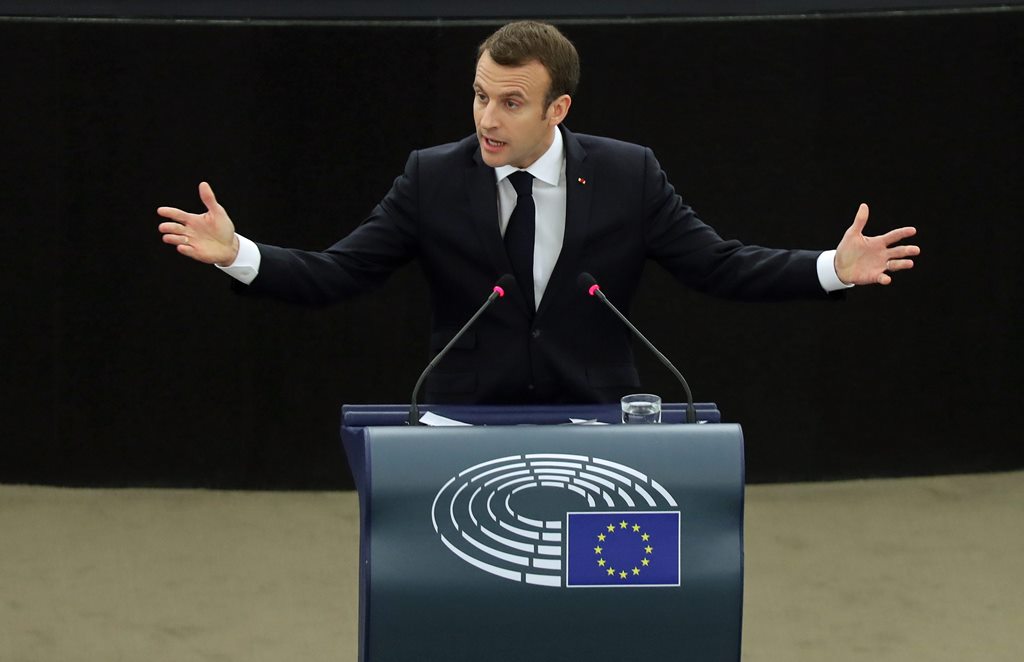Cohesion Policy after 2020: A Cautious Attempt at Reform

The European Commission’s Proposal
The EC presented an overview of the MFF and a proposal for changes in the ECP in May. Under this policy, it envisages a reduction of funds (from €370 billion to €330.6 billion based on 2018 prices), and modification of the size of particular instruments and funding criteria. The project aims to simplify the rules of the ECP. There will be fewer goals (five instead of seven), the requirements for spending and accounting will be unified and transferring money between the programmes will be allowed. The Cohesion Fund, which is destined for countries with a lower level of development than the EU average, will be significantly reduced (from €75 billion to €41 billion). Poland is currently its largest beneficiary, receiving half of the total resources. In addition, the EC proposes reducing the level of EU co-financing of projects, introducing additional criteria determining the final level of funds allocation, and linking funds more closely with macroeconomic indicators.
The reduction of funds for the ECP should be considered in the context of Brexit and the ongoing debate on the future of the EU (as part of the Bratislava Process initiated in 2016). The United Kingdom paid €12-14 billion (gross) to the joint budget, and its exit means a reduction of the EU level of GDP per capita, an economic indicator used in the allocation of structural funds. In the “Five scenarios for Europe” document presented in the autumn of 2017, reflecting the state of broader debate on the directions of EU reform, ECP financing was to remain at the current level in only one scenario (“To do much more together”).
Dispute over Amounts
The ECP budget remains a fundamental area of conflict. Austria, Denmark, the Netherlands and Sweden would like to see its reduction (going further than the EC proposal) in connection with the idea of a smaller EU with more modest resources. These countries support the restriction of traditional investment instruments to increase funding for innovative research, science and the acceleration of energy transformation in order to fulfil the Paris Agreement criteria.
For Austria and Denmark, Brexit means a relative higher increase in the membership fee than for other countries (by around 10%). In addition, Austria, Denmark, the Netherlands, Germany and Sweden are currently using a complicated rebate system that the European Commission wants to dismantle with political support from France. The national contribution proposed by the EC, at 1.11% of GNI, is assessed by the savings coalition as too high, while the beneficiaries consider it insufficient.
New Rules for the Distribution of Funds
The European Commission's proposals would affect the level of fund allocation for individual countries. The upper limit of funds for a given Member State (“capping”) has been reduced from 2.35% of GDP to 1.55% (for most EU countries, where GDP per capita is higher than 65% of the EU average) and to 2.3% (for Romania and Bulgaria, with GDP lower than 60% of the EU average). The principle of capping was a response to the limited absorption possibilities of EU funds. A significant reduction in its level will be felt by Poland, as the largest beneficiary of the ECP and with a relatively low GDP (national envelope of €64 billion envisaged for Poland is the effect of this regulation). The European Commission has also introduced new criteria for the allocation of structural funds. The use of GDP per capita will decide the allocation of 85% of funds while the remaining 15% will be allocated on the basis of indicators such as the level of youth unemployment, the number of people without secondary education and the number of non-EU migrants in a given country. Although this element of the reform has aroused the most public interest, it is a controversial point reflecting previous debates on the need to extend the allocation criteria.
New Spending Rules
Greater flexibility will help Member States manage their funds. In this area of the ECP, the European Commission provides for a mechanism to redirect part of the funds after four years under what is called the mid-term review. This is intended to strengthen the EU’s ability to respond to crises but also generates uncertainty about the sustainability of the financing of multi-annual projects. A new option is to be able to transfer up to 5% of funds between individual priorities only on the basis of a Member State's decision. In addition, the European Commission will be able to accept that country’s request to shift up to 15% of the total allocations between regions, which may contribute to a higher level of funds utilisation.
Despite greater flexibility, the EC increases the conditionality of spending. It assumes a closer connection of the payment of funds with Member States’ fulfilment of the European Semester criteria. It is a complementary element to the principle of fulfilling state preconditions already introduced to increase the effectiveness of funds spent, and includes the elaboration of strategic documents as the basis for investment at the national level and demonstration of administrative and institutional capacity to manage funds).
EC changes may also lead to lower absorption of funds by beneficiaries. The European Commission wants to reduce the level of EU funding to a maximum of 70% of the total project amount (compared to the previous 80% in the area of investment and development and 85% under the Cohesion Fund). This solution is unfavourable for poorer regions that implement costly and long-term projects.
Forecasted Result of Negotiations
The EC proposal is an attempt to reconcile the expectations of net contributors, who are demanding funds that effectively support the growth of competitiveness and innovation of the EU on a global scale, with the position of ECP beneficiaries. For the former, the proposed package envisages a 7% reduction of the fund combined with more restrictive criteria for expenditure and evaluation of projects, while the latter are expected to gain from more flexible programming and financing rules, resulting in more efficient use of funds.
In the ongoing dispute, Cohesion Fund beneficiaries of the funds suggest a higher level of financing, supported by macroeconomic data, in the face of increasing economic differences between states due to the economic crisis. This argument, supplemented with consent for a wider reaching spending discipline (based on the European Semester, which is especially important for Germany), has the potential to convince net contributors at least to maintain the amount proposed by the EC. However, this requires unity among the “friends” of ECP. The package of reforms proposed by the EC will not be conducive to this. The changed allocation criteria, the scope of the instruments and the level of capping mean that the reduction of the cohesion budget does not translate into reasonably equal cuts in all national envelopes, which may lead to divisions. For the largest net beneficiaries, including Poland, the priority will be to maintain the highest possible total amount and to ensure that solutions to make the budget more flexible are in place.




